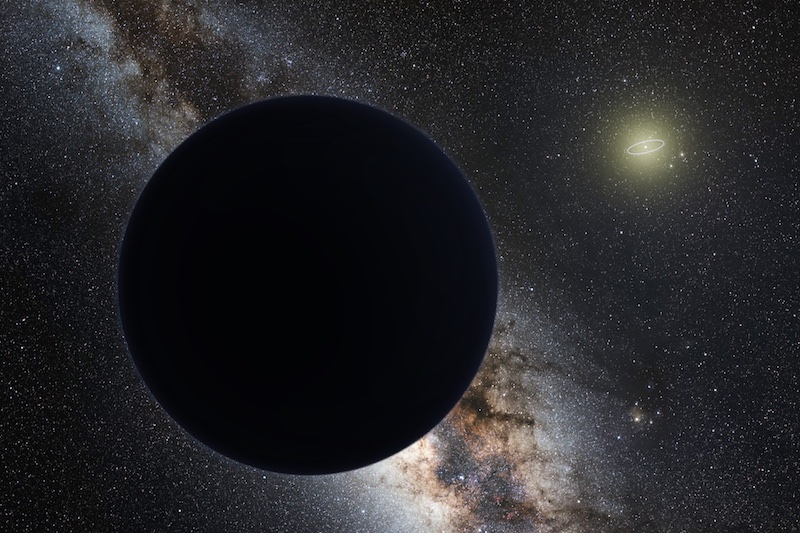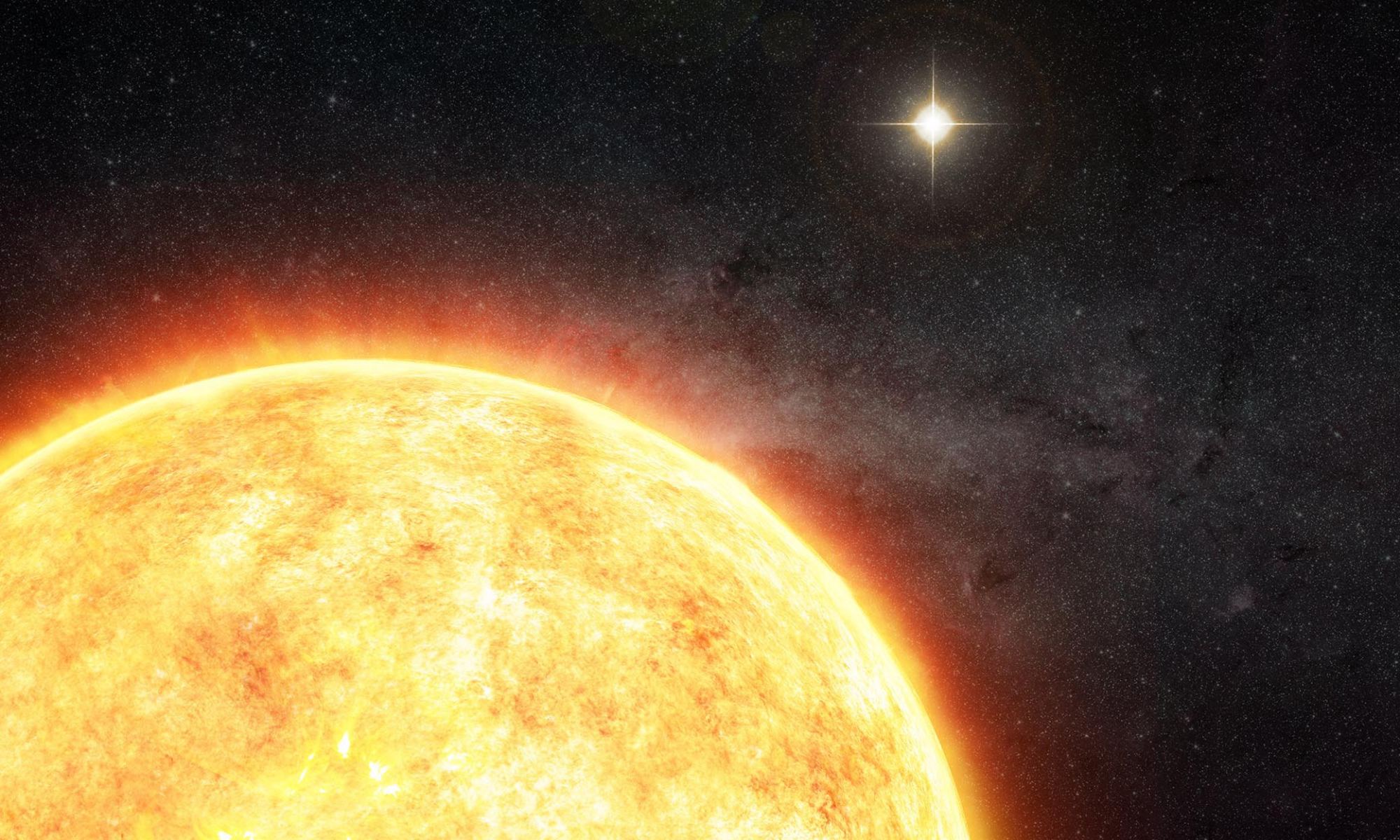As students advance to higher and higher physics courses, they eventually learn that the simple Newtonian dynamics they learned about in early classes aren’t completely accurate models for understanding the universe. If things get too big or fast, they fall into the realm of relativity, or if they get too small, they get caught up in quantum mechanics. However, simple Newtonian dynamics does the trick for things ranging from how a baseball flies to how planets orbit the Sun.
Continue reading “Could Modified Gravity Be the Answer to Planet 9?”If Planet 9 has Moons, Would That Help Us Find It?

Planet 9 continues to remain elusive. This potential super-Earth-sized object in the outer Solar System is only hypothetical, as something out there appears to be gravitationally influencing several Kuiper Belt Objects into unusual orbits. Whatever or wherever it may be, Planet 9 has yet to be found, despite several different hypotheses and numerous observational searches.
But what if Planet 9 has moons? Could they help us find it? A new paper speculates that any moons orbiting the theoretical planet could provide indirect clues to the location of Planet 9, while revealing some basic properties of this mysterious object.
Continue reading “If Planet 9 has Moons, Would That Help Us Find It?”Flying to (Hypothetical) Planet 9: Why visit it, how could we get there, and would it surprise us like Pluto?
In a recent study submitted to Earth and Planetary Astrophysics, an international team of researchers discuss the various mission design options for reaching a hypothetical Planet 9, also known as “Planet X”, which state-of-the-art models currently estimate to possess a semi-major axis of approximately 400 astronomical units (AU). The researchers postulate that sending a spacecraft to Planet 9 could pose scientific benefits much like when NASA’s New Horizons spacecraft visited Pluto in 2015. But does Planet 9 actually exist?
Continue reading “Flying to (Hypothetical) Planet 9: Why visit it, how could we get there, and would it surprise us like Pluto?”If Planet 9 is out There, Here's Where to Look
There are eight known planets in the solar system (ever since Pluto was booted from the club), but for a while, there has been some evidence that there might be one more. A hypothetical Planet 9 lurking on the outer edge of our solar system. So far this world has eluded discovery, but a new study has pinned down where it should be.
Continue reading “If Planet 9 is out There, Here's Where to Look”Astronomers Have Found Planet 9… in Another Solar System
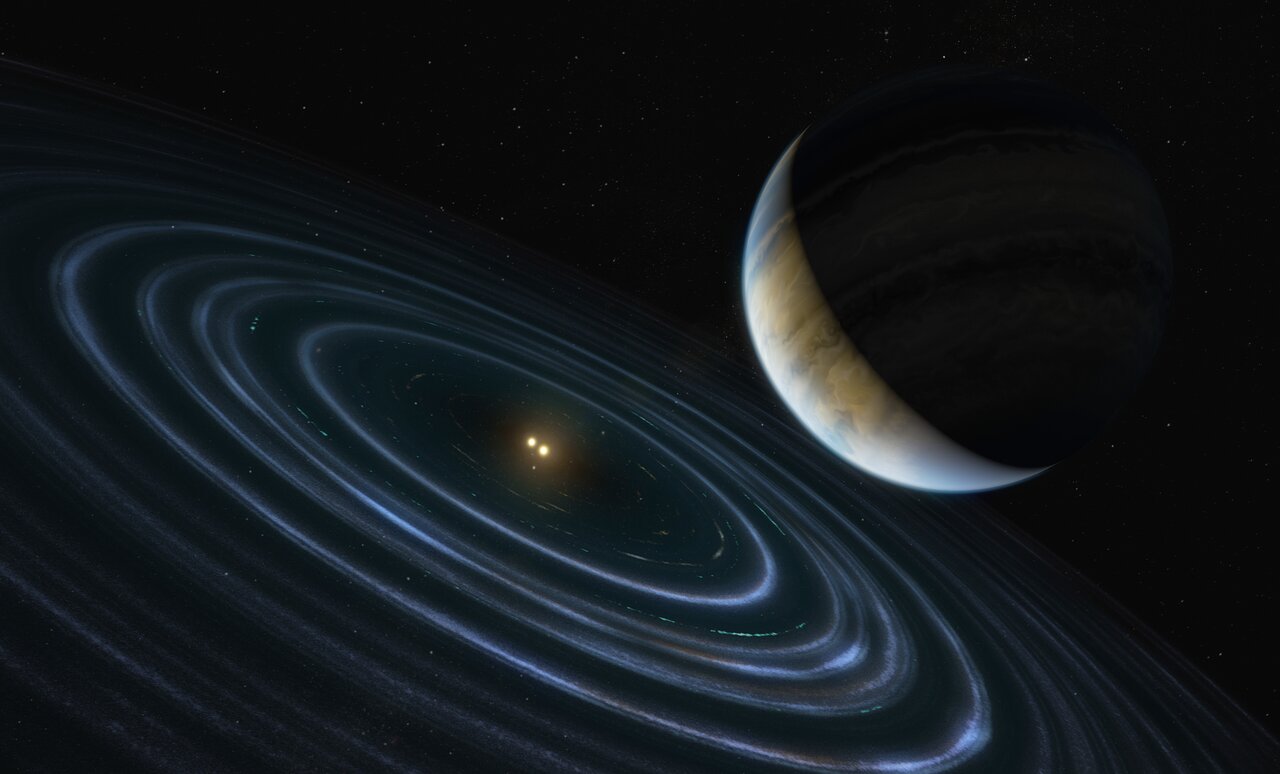
Even with all we’ve learned about our own Solar System, especially in the last couple of decades, researchers still face many unanswered questions. One of those questions regards the so-called Planet Nine. The Planet Nine hypothesis states that there’s a massive planet in our Solar System orbiting at a great distance from the Sun.
Nobody’s ever observed the hypothesized planet; the evidence for it lies in a cluster of bodies that orbit the Sun 250 times further out than Earth does. These objects are called e-TNOs, for extreme Trans-Neptunian Objects. According to the hypothesis, Planet Nine’s gravity is responsible for the unusual clustered orbits of these e-TNOs.
Now astronomers have found a distant solar system with its own Planet Nine, and that discovery is breathing new life into the hypothesis.
Continue reading “Astronomers Have Found Planet 9… in Another Solar System”The Sun Might Have Once Had a Binary Companion Star
For some time now, astronomers have known that the majority of systems in our galaxy consist of binary pairs rather than individual stars. What’s more, in recent decades, research has revealed that stars like our Sun are actually born in clusters within solar nebulas. This has led to efforts in recent years to locate G-type (yellow dwarf) stars in our galaxy that could be the Sun’s long-lost “solar siblings.”
And now, a new study by Harvard astronomers Amir Siraj and Prof. Abraham Loeb has shown that the Sun may once have once had a very similar binary companion that got kicked out of our Solar System. If confirmed, the implications of this could be groundbreaking, especially where theories on how the Oort Cloud formed and whether or not our system captured a massive object (Planet Nine) in the past.
Continue reading “The Sun Might Have Once Had a Binary Companion Star”Maybe the Elusive Planet 9 Doesn’t Exist After All
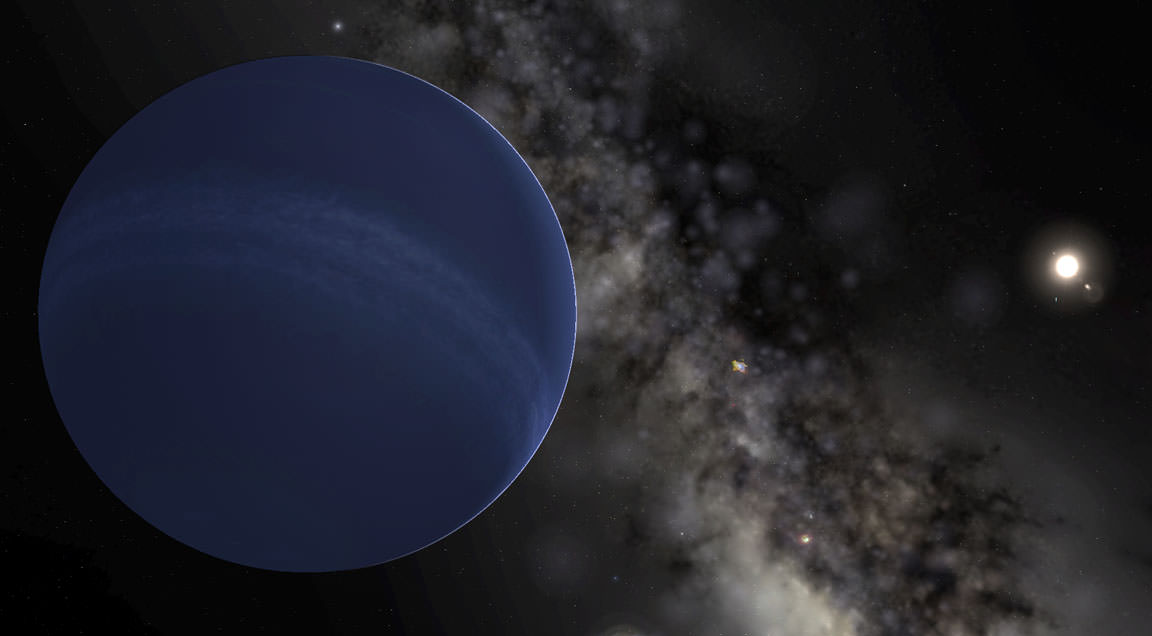
Oh Planet Nine, when will you stop toying with us?
Whether you call it Planet Nine, Planet X, the Perturber, Jehoshaphat, “Phattie,” or any of the other proposed names—either serious or flippant—this scientific back and forth over its existence is getting exhausting.
Is this what it was like when they were arguing whether Earth is flat or round?
Continue reading “Maybe the Elusive Planet 9 Doesn’t Exist After All”More Evidence that Planet 9 is Really Out There
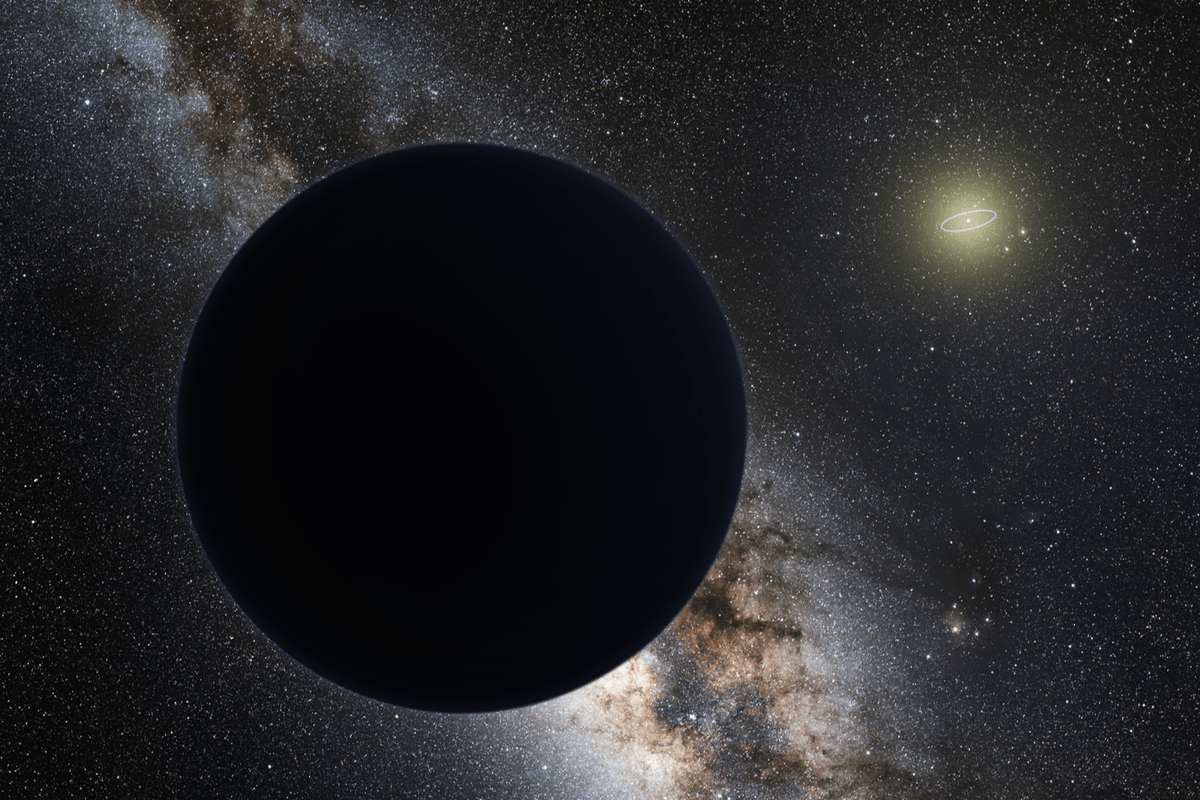
What’s going on in the distant reaches of our Solar System? Is there a Planet 9 out there?
Out in the frigid expanse of our System, there are bodies on orbital paths that don’t make sense in terms of our eight-planet Solar System. There seems to be an undiscovered body out there, several times more massive than Earth, shaping the orbits of some Kuiper Belt Objects (KBOs), and driving astronomers to look deeper and more thoroughly into the extreme reaches of our System.
What they’re looking for is the mysterious, and so far unproven, ninth planet.
Continue reading “More Evidence that Planet 9 is Really Out There”The Record for the Most Distant Object in the Solar System has been Shattered. Introducing FarFarOut at 140 Astronomical Units
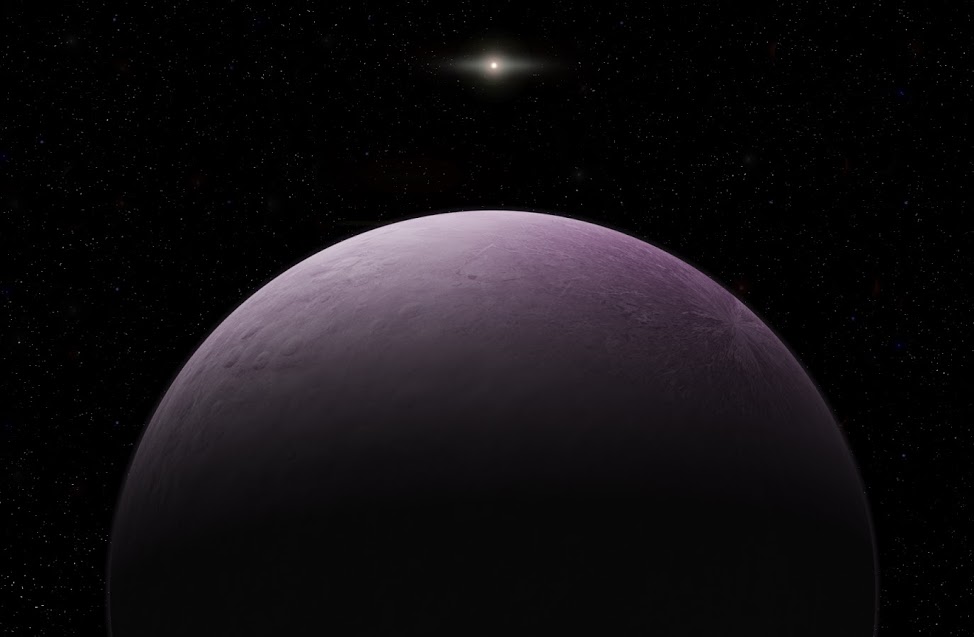
Remember Far Out, the distant planet at the far reaches of the Solar System, that was discovered in December, 2018? Well, it has been kicked unceremoniously off its pedestal as the most distant object after a short, two-month reign. In its place is the very newly-discovered FarFarOut (FFO.)
And if it weren’t for a heavy snowfall, things might have turned out differently.
Continue reading “The Record for the Most Distant Object in the Solar System has been Shattered. Introducing FarFarOut at 140 Astronomical Units”A Disc of Icy Material, not Planet 9, Might Explain the Strange Movements in the Outer Solar System
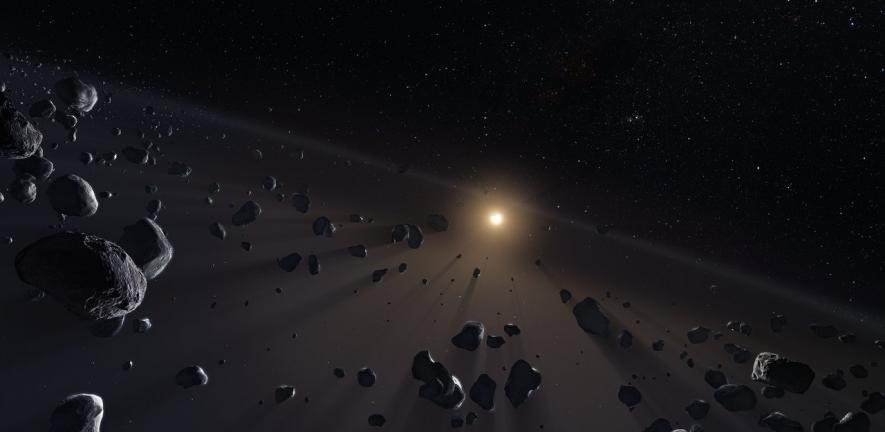
Is there or isn’t there a Planet 9? Is there a planet way out on the outskirts of our Solar System, with sufficient mass to explain the movements of distant objects? Or is a disc of icy material responsible? There’s no direct evidence yet of an actual Planet 9, but something with sufficient mass is affecting the orbits of distant Solar System objects.
A new study suggests that a disc of icy material causes the strange movements of outer Solar System objects, and that we don’t need to invent another planet to explain those movements. The study comes from
Professor Jihad Touma, from the American University of Beirut, and
Antranik Sefilian, a PhD student in Cambridge’s Department of Applied Mathematics and Theoretical Physics. Their results are published in the Astronomical Journal.

